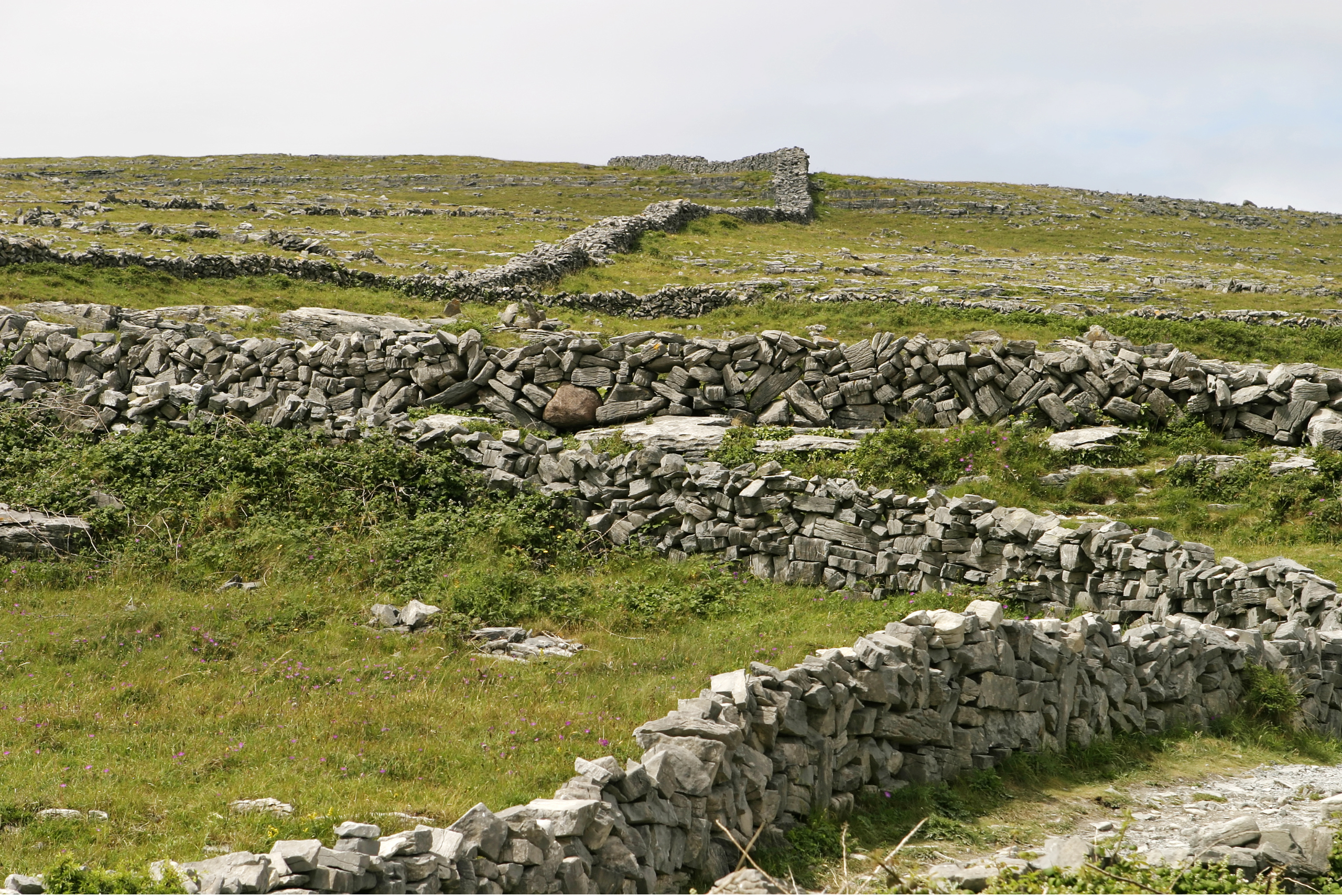After last week’s letter about courage, my friend Elizabeth Harwell wrote to remind me of Makoto Fujimura’s idea of the artist as a mearcstapa, or border-walker (that word mearcstapa comes from Old English and appears in Beowulf). In Culture Care, Fujimura writes, “In the tribal realities of earlier times, these were individuals who lived on the edges of their groups, going in and out of them, sometimes bringing news back to the tribe.” Strider from The Lord of the Rings is a good example of a mearcstapa. He lives on the edges of several different groups, moving in and out, never quite fitting in, but serving them, loving them, bringing them news from the world beyond their borders.
Whatever your “tribe” is, it is possible that the best way to love them is to find a place at the edge of the tribe and speak from there, not merely repeating their talking points, but bringing them news of larger realities. It takes courage to live there. As Fujimura writes,
Mearcstapa is not a comfortable role. Life on the borders of a group—and in the space between groups—is prone to dangers literal and figurative, with people both at home and among the “other” likely to misunderstand or mistrust the motivations, piety, and loyalty of the border-stalker. But mearcstapa can be a role of cultural leadership in a new mode, serving functions including empathy, memory, warning, guidance, mediation, and reconciliation. Those who journey to the borders of their group and beyond will encounter new vistas and knowledge that can enrich the group.
Empathy, memory, warning, guidance, mediation, reconciliation—these are not the values of culture war. When you bring those values to bear, especially to those who define themselves in terms of whom they oppose, you will likely get yourself in trouble. Division, fear, and polarization are good for business. There are forces at work in our culture that work hard to keep us afraid and angry. Also—and it sounds odd when you say it out loud—people get mad at you when you aren’t as afraid as they are.
When we devote our energy to protecting our little tribal territories, those territories inevitably get smaller and smaller. Also, they inevitably get more detached from reality. As the mearcstapa walks the borders, she helps the tribe avoid that shrinkage and pull out of the black-hole pull of unreality. In Art + Faith, his most recent book, Fujimura writes, “Instead of being afraid of being a misfit, or making controversial comments…I am determined to journey into the mysteries of reality.”
That idea of reality is central to everything I know about courage and border-walking. I realize that there are artistic types who value unconventionality and outlandishness for their own sake. But as Fujimura suggests, the more compelling reason that an artist must be willing to be a misfit or to be controversial is the simple fact that the world is so at odds with reality that a truth-teller is almost by definition a misfit.
Josef Pieper remarks that a person of courage “likes the taste of reality.” I would add that reality isn’t the same thing as the status quo. Most people who call themselves “realists” or who demand that we “get real” are talking about getting in line with the status quo, where might makes right and we all scrabble to protect our interests and get what’s ours. It takes quite a bit of courage to live as if there’s something more real than all that.
To say that the border-walkers bring their tribes news from elsewhere is not merely to say that they bring news from other tribes (which are also likely to be out of touch with reality). Hopefully the border-walker is bringing news from Reality.
Be of good courage. Be of good cheer.








